BL:AM
Sat 07 October 2023 by Jim PurbrickAfter The Spirit of Gravity in February I ended up talking to Jason Hotchkiss and Jo Summers. I knew Jason from a Build Brighton guitar pedal workshop years ago and as a sound artist from Sound Plotting, but Jo knew Jason as the game developer who made 1D Pong. After talking about 1D Pong and another 1D dungeon crawler we started thinking about the most ridiculous 1D game we could imagine in 2023 and settled on 1D, 1 button battle royale.
Normally that’s where the story would end, but for some reason the idea kept rattling around in my head and eventually I ended up putting my thoughts down in a Google Doc and started thinking about how to make it happen.
To be a battle royale the game had to be multiplayer with players on a shared map trying to shoot each other, but a 1D display meant the gameplay couldn’t come from aiming. Judging the distance to shoot by charging and launching a missile solved this problem and provided a fun core gameplay loop which could be implemented with a single button. Hold the button to charge the missile then release the button to fire a distance dependent on the time the button was held.
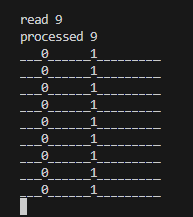
With the button used for shooting, moving players around had to rely on another key feature of battle royale games: the shrinking map. The game would start with a large map filling the display and would position players randomly as they joined. Periodically the map would shrink and randomize the player positions within the smaller play area. This would create a natural tempo increase in the game as players would move closer together, so players could fire shorter distances and so fire more often. Eventually all the players would be next to each other, so just tapping a button would always result in hitting a player, ensuring the game came to a swift end.
Jason had already suggested the Raspberry Pi Pico as a potential hardware platform, so I built a prototype as a Linux terminal application which outputs frames as lines of ASCII to quickly test the design in a way that might be easy to port. The first prototypes were surprisingly fun. Some tweaking of the map resize period gave good players enough time to range-find long distances while not making weaker players wait too long if they were a long way from the action. As the map got smaller the action got more frantic before ending in a flurry of button mashing as planned.
The slow pace at the start gave players enough time to learn how to play, but could feel frustrating when all the targets were at the other end of the map. A solution came by adding loot boxes, another feature common to battle royale games. Scattering loot boxes across the map meant players would always have something nearby to shoot, helped maps feel more varied and provided a way to add depth via power-ups and another way to move around via teleporters.
Loot boxes also added another interesting gameplay choice: should I try to snipe an opponent immediately or get tooled up first? The initial design always fired missiles at the nearest target, which Jo highlighted as a problem as it meant you couldn’t always pick your target. An easy solution was to alternate the direction of fire. Just tapping the button meant players could quickly launch a missile in the wrong direction before getting back to carefully charging a shot to fire in the right direction again.
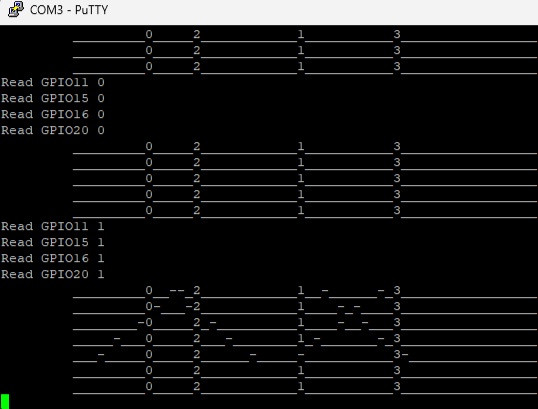
After playtesting the software version at The Brighton Indie Gamedev social, I was convinced that the game was fun and started thinking about hardware. I expected it to be a lot of work to get running on the Pico, especially as I’d allowed myself to joyride some relatively new C++ features like lambdas and auto parameter types, but g++ happily took my fancy code and cross compiled it without any complaints. I could also use PuTTY to connect to the Pico as a USB serial device to see the ASCII output, which was incredibly useful while testing the hardware without the LED display and then for debugging problems while getting the display working.
I ended up with a hardware main function (which wired the inputs up to the Pico pins and redirected the output to the USB serial interface), a terminal main function (which used some hacks to get unbuffered keyboard presses) and renderTerminal and renderRgb methods implemented by the game objects. The rest of the code was shared between the two builds, allowing me to quickly develop, test and debug the game using VS Code and gdb, then cross compile and drag a binary to the Pico mounted as a USB drive.
In May I got the chance to play 1D Pong at Jason’s studio which made me realize how important audio is when you only have a 1D display: the sounds of balls bouncing off bats and points being scored did a lot to explain what was going on, so I started thinking about adding sound to 1D battle royale. The Pico doesn’t have a digital to analogue converter, but some experimentation showed that it can generate some gloriously grungy sounds by using pulse width modulation to play samples using one of the digital outputs. After aggressively compressing some of ProjectsU012’s arcade sounds and converting them to 8 bit samples stored in header file arrays, the game came to life. Instead of being a quirky, abstract 1D game it was a battle royale complete with missiles whooshing and exploding and players powering up and teleporting around.

I haven’t made a game in a long time and I’ve never made a hardware game, so this project has been a lot of fun. It’s also something that I couldn’t have done without Jason, Jo and everyone at the Brighton Indie Gamedev socials: thank you to everyone for your help and feedback.
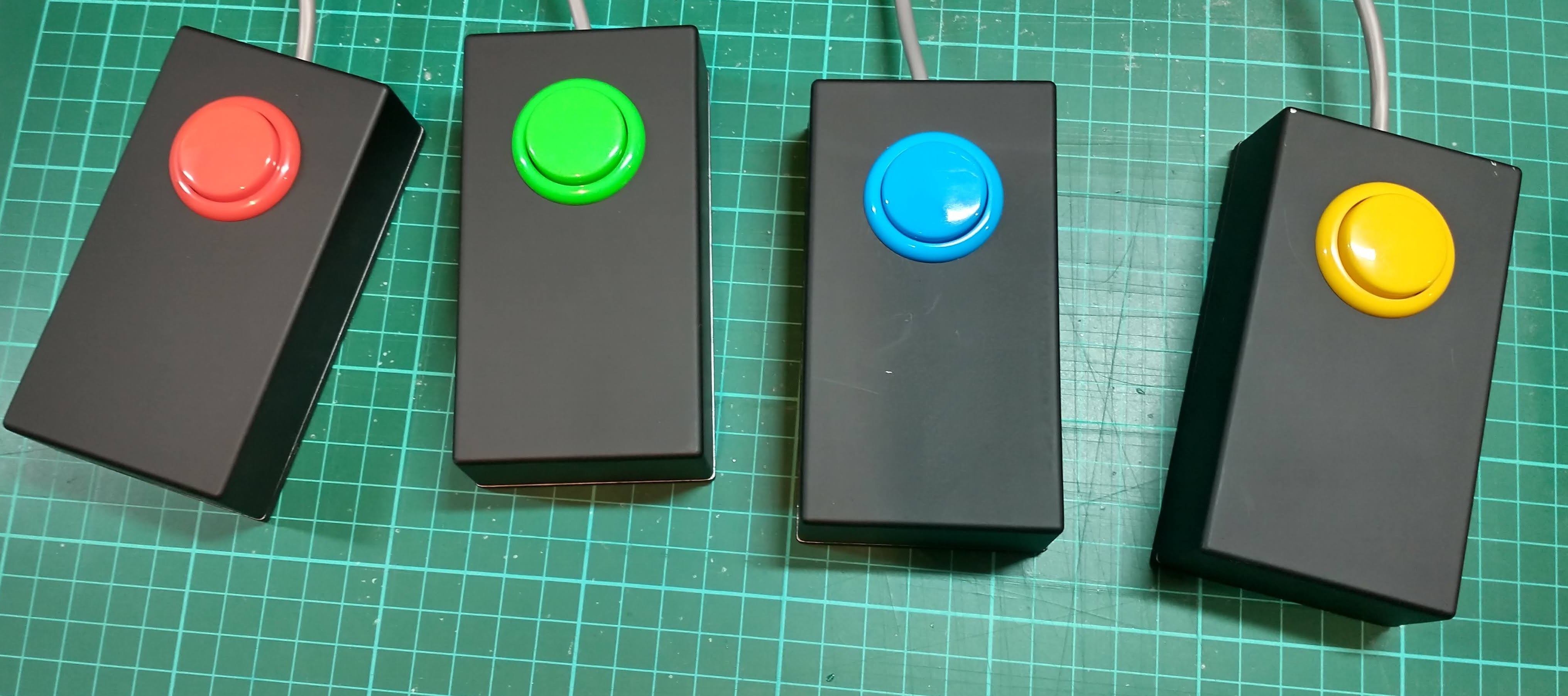
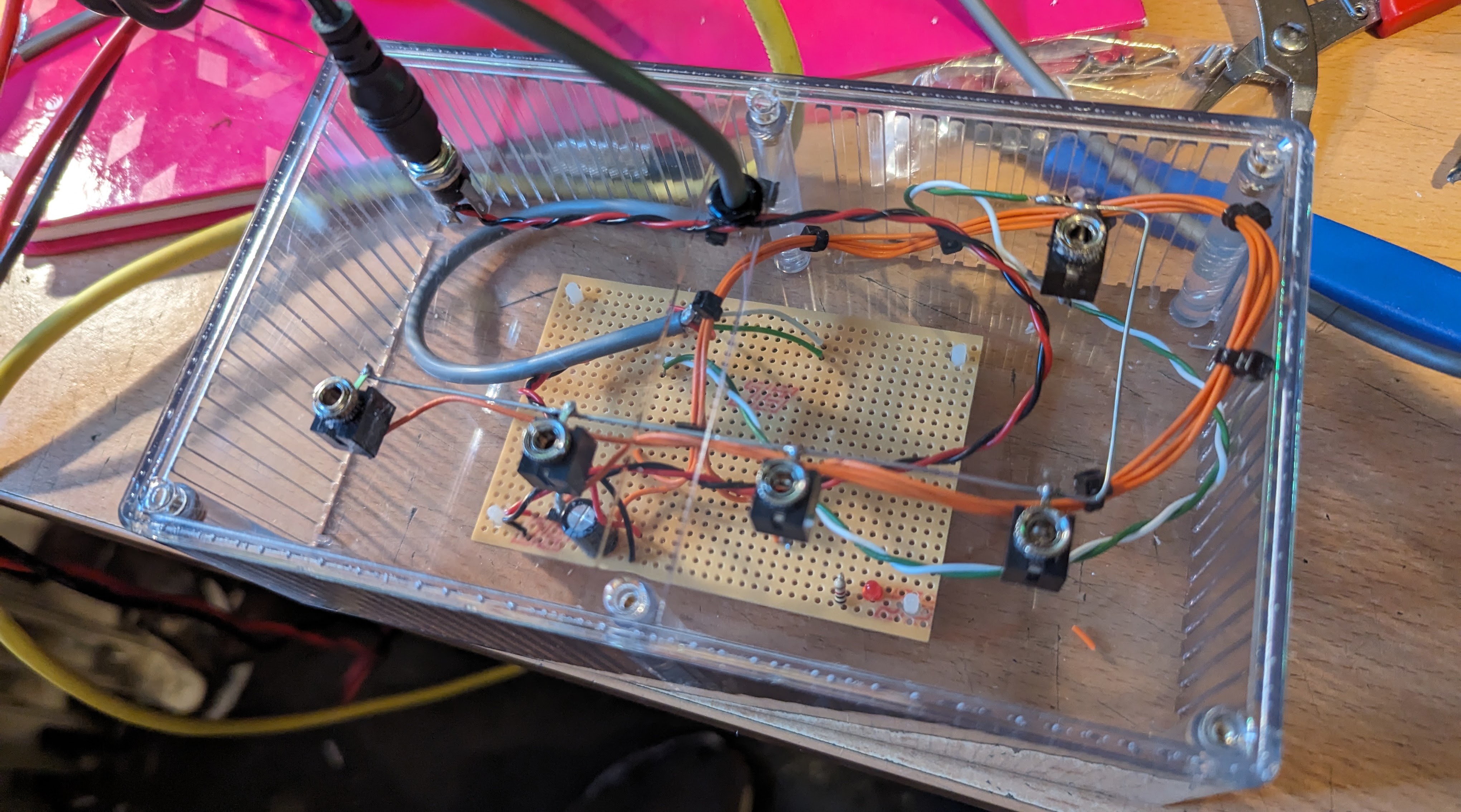
“Battle Lines: Arcade Machine” (BL:AM) was included in the Pop Up Arcade at the Dreamy Place Festival in Crawley in October 2023 where I had lots of fun playing it and talking about the design and development. You can find more gameplay footage here.
Replicated Redux: The Movie
The recording of my recent React Europe talk about Replicated Redux is now online and I’ve written several other posts describing designing, testing and generalising the library if you would like to know more about the details. If you’d like to play the web version of pairs or …
read moreCreatarr

One of the things I’ve been tinkering with since leaving Linden Lab is Creatarr: a creative, collaborative social game. Creatarr’s goal is to bring some of the magical collaborative creation found in Second Life to a wider audience and to push creativity in …
read moreYou’re The Boss 2
A week ago over 5000 people streamed through the foyer of the Brighton Dome to see and build hundreds of amazing things at the first Brighton Mini Maker Faire. Luke and I went along with 2 laptops, a scanner and a pile of pens, paper, glue and scissors to make …
read moreFrom Magic Circles To Magic Portals
The Brighton Digital Festival continued this weekend with BarCamp Brighton 6 which was super interesting and lots of fun as always.
I was a bit worried that my Terra Nova style talk on the philosophy of games, virtual worlds and magic circles would be too esoteric, but the room was …
read moreYou’re The Boss Lives!
Back in 2005, while I was working on Second Life in Nottingham, before Linden Lab Brighton existed, I ran a workshop as part of the Screenplay “Boss Frenzy!” day at the Radiator Festival which allowed children to collaboratively create a computer game by drawing or making bosses with collage.
Dozens …
read moreGoodbye Babbage Linden, Hello Doc Boffin
In June 2004, not long after Cory had introduced me to Second Life, version 1.4 was released which added Custom Character Animations. In the accompanying press release Philip said “My fantasy is to be Uma Thurman in Kill Bill”, “I’d pay \$10 for her yellow jumpsuit and sword …
read moreMeaningful Choices
On Friday I jumped on the train to London to attend Playful 2010, a one day conference put on by mudlark of World of Love fame. Despite billing itself as a day of cross “disciplinary frolicking” and featuring designers, podcasts, discussions of narrative, iphone augmented paper games and Disco Snake …
read moreSome Games Never Die
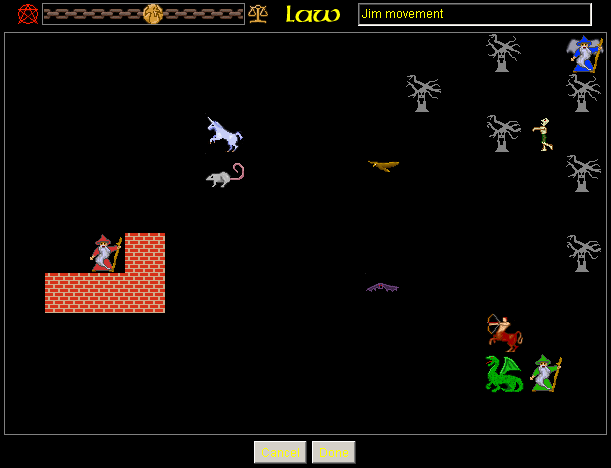
While goofing around asking UK indie game developers for their top 5 games of all time at World of Love, I was very pleased to hear that the amazing ZX spectrum strategy game Chaos featured in multiple lists.
I love Chaos so much that I developed Law, a Chaos remake …
read moreWorld of Love
Thanks to a tip off from David Hayward, I managed to snag a last minute ticket for the World Of Love independent games conference organized by Pixel Lab, sponsored by Preloaded and hosted by Channel 4. I’m glad I did.
The day kicked off with Chris Delay from introversion …
read moreGameCamp 2
A couple of years ago, Aleks Krotoski and a group of friends spanning the web, games and technology fields decided to bring the FOOCamp and BarCamp model of unconferences to the world of games and invited me along. I had a great time at the original GameCamp and missed it …
read moreEvolving Develop
As usual I headed down to the Metropole on the sea front last week to attend the annual Develop conference in Brighton. Unusually, this time I was attending the Evolve day which shifts the focus from console development to online, mobile and social games, which I had helped create as …
read more The Creation Engine No. 2
The Creation Engine No. 2

